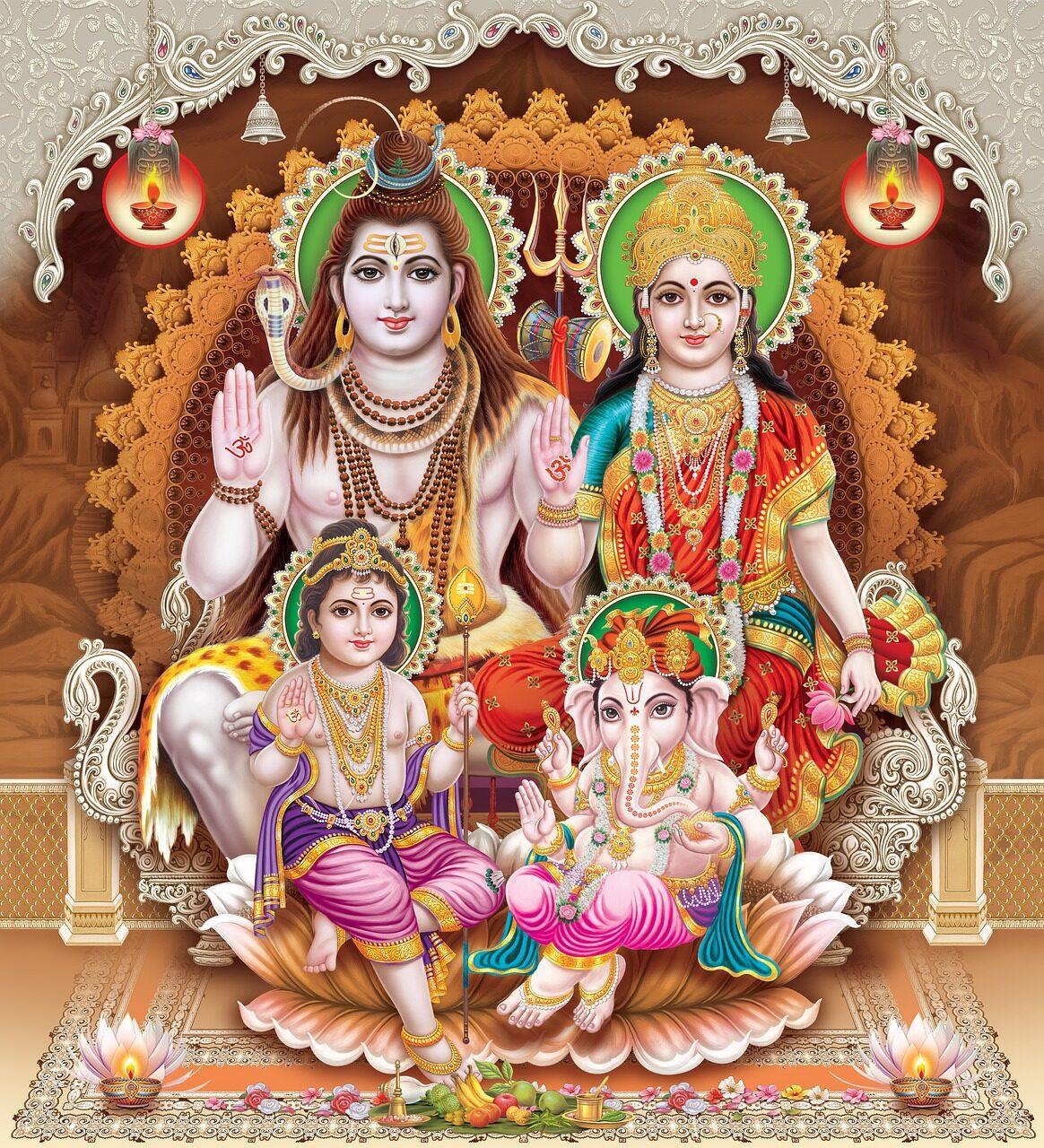Friends, there is no need to fear upon hearing the words Tantra or Tantra-Yoga.
The Tantra or Tantrics that most people are familiar with today—the ones advertised on posters in every neighborhood—are not true representations of Tantra. Tantra has nothing to do with spells for control, exorcism, or using occult powers for harm. These are distortions and misrepresentations, aimed at maligning this profound spiritual science by equating it with sorcery and superstitions.
Let us first address the popular misconceptions about Tantra that you may have read or heard, so your doubts can be resolved and faith in its true essence restored.
The Origins of Tantra
Tantra is an integral part of Kashmiri Shaivism. Historical evidence suggests that Tantra flourished between the 2nd century CE and the 13th century CE. However, much like Buddhism, which achieved global recognition but remained underappreciated in its birthplace, India, Tantra also suffered a similar fate.
Buddhism rejected idol worship and the traditional concept of God, which may have contributed to its limited acceptance in India. However, the Buddha’s teaching emphasized that divinity resides within every individual, rendering external worship unnecessary. He asked: if the search ultimately leads inward, why not start there?
Tantra, which emerged in the 2nd century CE, reflects influences from the Vedas, Puranas, spirituality, and Buddhism. Like Buddhism, Tantra does not encourage an externalized focus on divinity. Perhaps this inward orientation hindered its popularity. Historical records reveal that Tantra once had more than 20 branches, but due to widespread opposition, only three or four remain today.
The resistance came from various quarters, including Brahmins and Shankaracharya. While the Brahmins opposed it to preserve the practices of idol worship and rituals, the reasons behind Shankaracharya’s resistance remain unclear.
Tantra in the Context of Kashmiri Shaivism
During its peak, Hinduism and Buddhism were flourishing in Kashmir. It is said that the spread of Buddhism throughout Asia was largely facilitated by Kashmir. In those days, Kashmir was regarded as the “cradle of divinity,” attracting spiritual luminaries from across the region. Between the 2nd and 13th centuries, prominent religious figures visited Kashmir at least once in their lifetimes.
However, with the advent of Islam in the 13th century and the establishment of Muslim rule in the 14th and 15th centuries, Kashmiri Shaivism and Tantra faced a decline. This marked the beginning of the end for these profound traditions in their original homeland.
Modern Misconceptions About Tantra
Today, a branch of Tantra focusing on sensuality and sexuality—popularized as sexual or sensual Tantra—has gained prominence, both in India and abroad. The internet is flooded with content related to this form of Tantra.
This branch is indeed a part of the larger Tantric tradition, but it has been diluted with elements of the Kama Sutra. The original teachings, which viewed sexuality as a sacred pathway to transcendence, have been sidelined. In authentic Tantra, practices involving sexual acts were intended as a medium to transcend physical desires and connect with the divine. Unfortunately, this branch is now marketed solely for maximizing physical pleasure, overshadowing its spiritual essence.
True Tantra and Its Path
One of the most authentic branches of Tantra is described in the Vigyan Bhairav Tantra. This text outlines simple and accessible techniques for meditation, offering a profound roadmap for spiritual growth. Based on this philosophy, I intend to weave together Tantra, spirituality, and psychology to present a holistic perspective. A detailed book on this subject will soon be made available, offering further insights into these transformative teachings.
In conclusion, true Tantra is not what is commonly perceived today. It is a profound spiritual science rooted in meditation, self-realization, and the union of the individual soul with the universal consciousness. Let us rediscover its essence and approach it with reverence and understanding.





